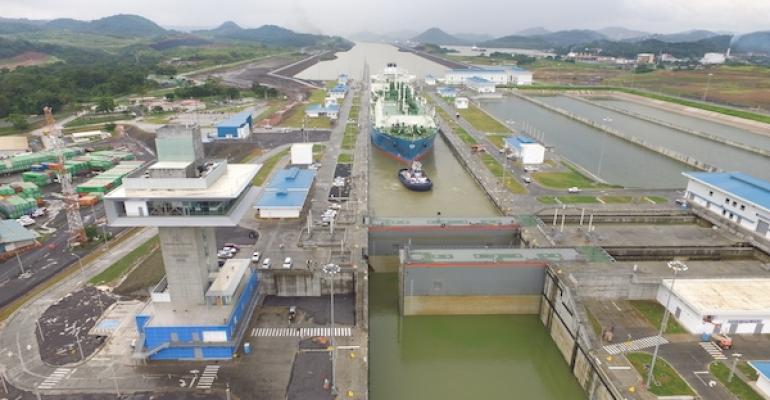With this tonnage, the Panama Canal surpasses the cargo projections of 429.4m PC/UMS tonnes for FY 2018, as well as the 403.8 PC/UMS tonnes registered in FY 2017, Canal authorities said.
"The Panama Canal continues to exceed our expectations, reinforcing every day the importance of the waterway's expansion and its impact on global maritime trade," said Panama Canal administrator Jorge Quijano. "This is the results of the efforts of our committed workforce who made this an extraordinary year."
The increase was driven by the transit of liquefied petroleum gas (LPG) and natural liquefied gas (LNG) carriers, containerships, chemical tankers and vehicle carriers.
The container segment continued to serve as the leading market segment for tonnage through the Canal, accounting for 159m PC/UMS tonnes of the total cargo, of which 112.6m PC/UMS tonnes transited the expanded Canal. Tankers - which include liquefied petroleum gas (LPG) and liquefied natural gas (LNG) carriers - represented the following market segment with 130.3m PC/UMS tonnes.
Read more: Panama Canal transits four LNG vessels in one day
The next leading segments included bulk carriers (73.7 M PC/UMS tonnes) and vehicle carriers (49.5m PC/UMS tonnes).
In terms of cargo tonnage, the main routes using the Panama Canal in FY 2018 were between Asia and the US East Coast, the West Coast of South America and the US East Coast, the West Coast of South America and Europe, the West Coast of Central America and the US East Coast and inter-coastal South America.
The main users during FY 2018 were United States, China, Mexico, Chile and Japan. A total of 62.8% of the total cargo transiting the Canal has its origin or destination in the United States.
Copyright © 2024. All rights reserved. Seatrade, a trading name of Informa Markets (UK) Limited. Add Seatrade Maritime News to your Google News feed.


